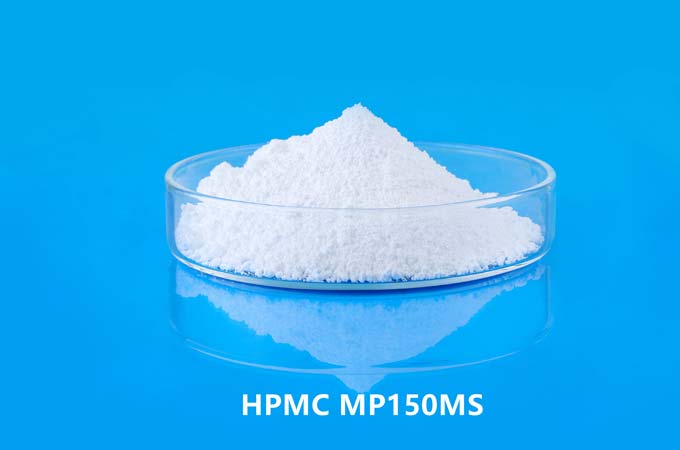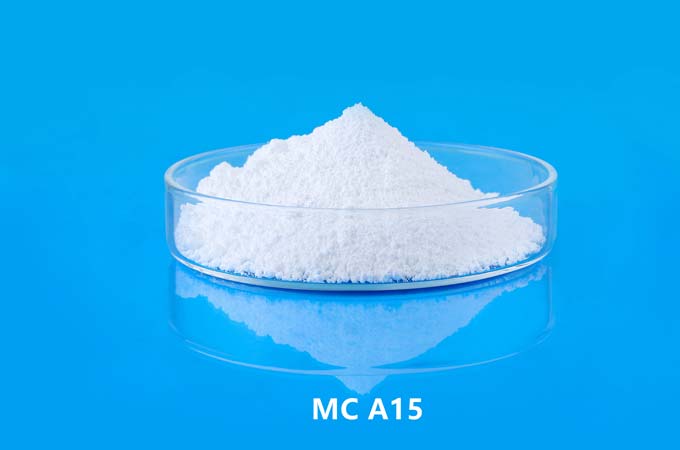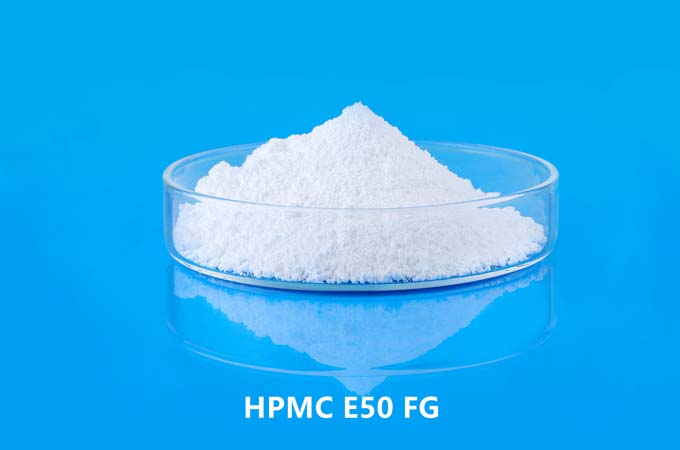Redispersible polymer powders (RDP) are versatile materials widely used in the construction industry, particularly in exterior decoration and insulation applications. These powders are created by spray-drying aqueous dispersions of polymers, allowing them to be easily redispersed in water when needed. The unique properties of RDPs, such as improved adhesion, flexibility, and water resistance, make them invaluable in various applications aimed at enhancing the durability, aesthetics, and energy efficiency of buildings.
1.Exterior Wall Finishing
a. Decorative Plasters and Renders
RDPs are extensively used in decorative plasters and renders. These applications require materials that can provide aesthetic appeal while also withstanding harsh environmental conditions. RDPs enhance the workability, adhesion, and flexibility of plasters and renders. They help in achieving smooth, textured, or patterned finishes, which are crucial for modern architectural designs. Additionally, RDPs improve the weather resistance and durability of these coatings, ensuring that the decorative finishes remain intact and visually appealing for extended periods.
b. Paints and Coatings
In exterior paints and coatings, RDP chemical plays a critical role in improving adhesion to various substrates, including concrete, masonry, and brick. They also enhance the flexibility of the paint, allowing it to withstand thermal expansion and contraction without cracking. This is particularly important in regions with significant temperature variations. Furthermore, RDPs contribute to the water resistance of paints, protecting the underlying structures from moisture ingress and subsequent damage.
2. External Thermal Insulation Composite Systems (ETICS)
ETICS are a popular method for improving the thermal efficiency of buildings. RDPs are essential components in the adhesive mortars and base coats used in these systems.
a. Adhesive Mortars
Adhesive mortars must have excellent bonding properties to secure insulation boards to exterior walls. RDPs enhance the adhesion strength of these mortars, ensuring that the insulation boards remain firmly attached under various climatic conditions. The flexibility imparted by RDPs also helps accommodate the differential movements between the insulation boards and the building substrate, reducing the risk of detachment or cracking.
b. Base Coats
The base coat in ETICS serves as a protective layer over the insulation boards and a substrate for the finishing coats. RDPs improve the cohesion, flexibility, and impact resistance of the base coat, making it more durable and effective in protecting the insulation boards. This layer also contributes to the overall weather resistance of the ETICS, ensuring long-term performance and durability.
3. Repair Mortars
Exterior walls often require repairs due to cracks, spalling, or other forms of damage. Repair mortars modified with RDPs exhibit superior adhesion to existing substrates, ensuring effective and durable repairs. The flexibility of these mortars helps them accommodate movements in the substrate without cracking, providing long-lasting repair solutions. Additionally, RDPs improve the workability and ease of application of repair mortars, making the repair process more efficient.
4. Waterproofing Solutions
Waterproofing is a critical aspect of exterior decoration and insulation to protect buildings from water ingress and damage. Different from PAC R chemical, RDPs are used in various waterproofing products, including membranes, coatings, and slurries.
a. Waterproofing Membranes
Waterproofing membranes formulated with RDP chemical offer excellent adhesion to various substrates and flexibility to accommodate structural movements. These properties are crucial for ensuring continuous and effective waterproofing in both new constructions and renovation projects.
b. Waterproofing Coatings
RDP-modified waterproofing coatings are applied to exterior surfaces to prevent water penetration. These coatings form a flexible and durable barrier against water, protecting the underlying structures from moisture-related damage. The improved adhesion and flexibility imparted by RDPs enhance the performance and longevity of these coatings.
5. Tile Adhesives and Grouts
In exterior tile installations, such as facades and terraces, the durability and performance of tile adhesives and grouts are crucial. RDPs enhance the adhesion strength, flexibility, and water resistance of tile adhesives, ensuring that tiles remain securely attached under various environmental conditions. In grouts, RDPs improve the flexibility and resistance to cracking, helping to maintain the integrity and appearance of tiled surfaces.
6. Self-Leveling Compounds
Self-leveling compounds are used to create smooth and level surfaces on exterior substrates, such as concrete floors and terraces. RDPs improve the flow properties and workability of these compounds, making them easier to apply and ensuring a uniform finish. The enhanced adhesion and flexibility provided by RDPs contribute to the durability and performance of the self-leveled surfaces, even under outdoor conditions.
7. Sound and Vibration Insulation
In addition to thermal insulation, RDPs are also used in sound and vibration insulation materials. These materials are applied to exterior walls and other structures to reduce noise transmission and vibration impacts. RDPs improve the adhesion, flexibility, and durability of these insulation materials, ensuring effective and long-lasting sound and vibration control.
Benefits of RDPs in Exterior Decoration and Insulation
The use of RDPs in exterior decoration and insulation offers several benefits that enhance the performance and longevity of construction materials. Some of the key benefits include:
a. Enhanced Durability
RDPs improve the mechanical properties of construction materials, such as adhesion strength, flexibility, and impact resistance. This results in more durable and long-lasting exterior finishes and insulation systems that can withstand environmental stresses.
b. Improved Workability
Materials modified with RDPs exhibit better workability and ease of application. This reduces labor costs and time, making construction processes more efficient and cost-effective.
c. Superior Weather Resistance
RDPs enhance the weather resistance of exterior coatings, plasters, and insulation systems. This protects buildings from moisture, temperature fluctuations, and other environmental factors, ensuring long-term performance and appearance.
d. Versatility
RDPs can be used in a wide range of construction materials and applications, making them highly versatile and valuable in various exterior decoration and insulation projects.
Redispersible polymer powders (RDP) are indispensable in modern construction, particularly in exterior decoration and insulation. Their ability to enhance the properties of construction materials, such as adhesion, flexibility, and water resistance, makes them crucial for ensuring the durability, performance, and aesthetics of buildings. From decorative plasters and paints to thermal insulation systems and waterproofing solutions, RDPs play a vital role in creating durable, efficient, and visually appealing exterior finishes. As the construction industry continues to evolve, the demand for high-performance materials like RDPs is expected to grow, further underscoring their importance in exterior decoration and insulation applications.
 English
English 日本語
日本語 français
français Deutsch
Deutsch Español
Español italiano
italiano русский
русский português
português العربية
العربية Türkçe
Türkçe Nederland
Nederland



